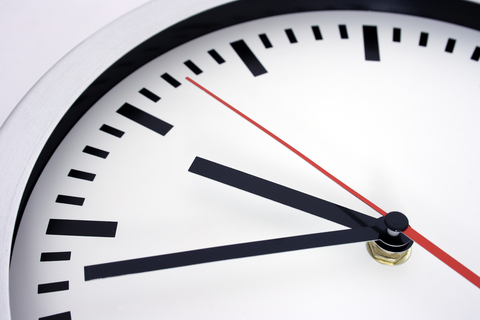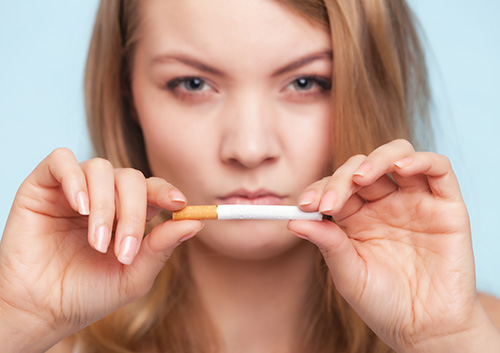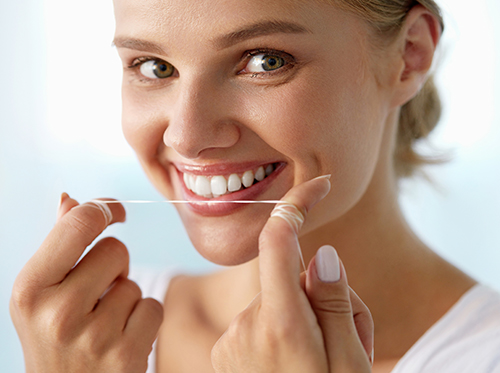
Contrary to popular belief, orthodontic treatment is not just for older children and teens who have alignment and spacing issues. At our Flossmoor and New Lenox, IL office, orthodontic treatment offers many benefits for children at a young age.
Dr. Pope can identify your child’s alignment issues early, and provide treatment as the teeth begin to develop. It’s crucial to start dental care early, not only for proper dental health and cosmetic benefits, but to improve your child’s overall health.
The Benefits of Straighter Teeth
Aside from cosmetic benefits, starting orthodontic treatment at a young age offers many other advantages. A pediatric dentist can help guide the teeth into their proper position to prevent teeth extractions or bite problems, and even reduce the extent of orthodontic treatment later on.
Your youngster will enjoy the confidence of having straight teeth that, as an added bonus, will be easier to clean. Parents will be happy to hear the earlier your child gets treatment, the less your orthodontic expenses could be; plus, it is often covered by dental insurance.
Stages of Orthodontic Treatment
Multiple stages are included in early orthodontic treatment, but there are three main stages.
Stage 1: Treatment starts around age two or three until the child is around six. This stage includes preventive measures to avoid habits that lead to crooked teeth, and monitoring how the teeth grow in.
Stage 2: The first permanent teeth appear around age six to 12 years old and the dentist looks at possible early treatment for misalignment or bite issues.
Stage 3: Any further problems with permanent teeth are corrected during adolescence.
Dr. Pope and our staff are able to see early on whether your child will need to have braces in adolescence. Early treatment means fewer procedures, cleaner teeth, and less expense for parents. It’s a win-win for everyone!






 Website Powered by Sesame 24-7™
Website Powered by Sesame 24-7™